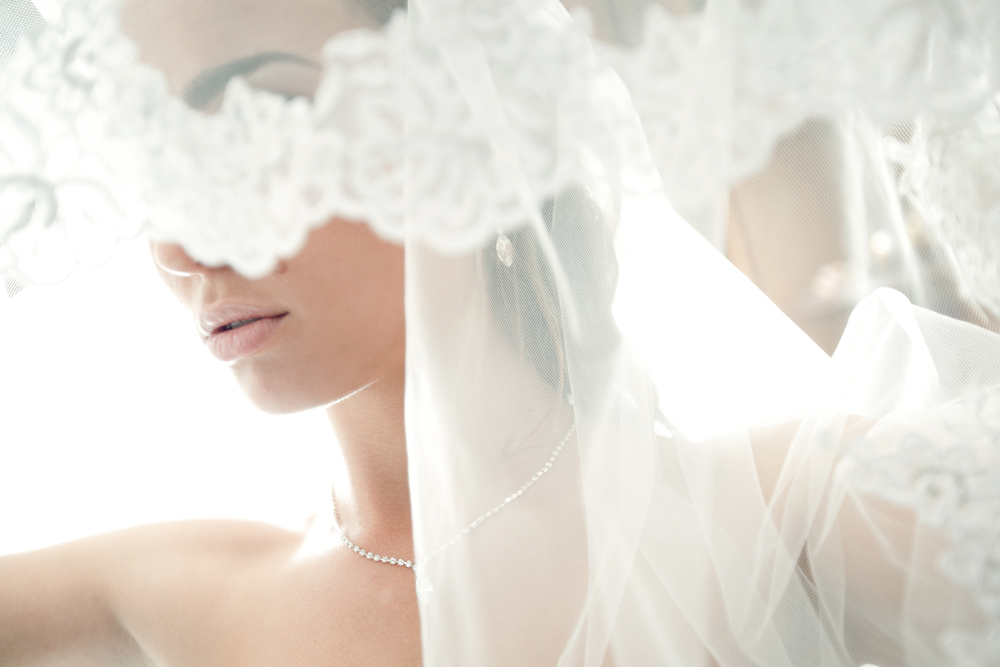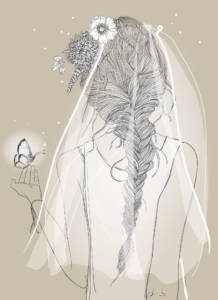
For many brides, finding the perfect dress is an involved journey. The experience can be as complicated as searching endless shops for the right fit or as easy as looking online and immediately coming across the ideal option. However, one consideration for many brides is whether they want to include a veil. While the wedding veil is a classic staple of the bridal aesthetic, plenty of people have decided to forego this accessory altogether. What’s more, veils come in a variety of styles that reflect different personalities.
Though an important decision, you don’t want to waste too much time on the veil. Use these tips to guide you through the process and see if this choice fits your sensibilities.
The History of the Veil
Coverings for the head and face are commonplace in a majority of cultures around the world. With Christian weddings, however, the tradition of the bridal veil can be traced back to a very specific practice. During the rule of the Roman Empire, it was commonplace for brides to wear a flammeum. Essentially, this was a large piece of fabric that covered the bride’s face entirely. Though the subject of debate, scholars believe the flammeum was often colored either red, yellow, or an eggshell-type shade.
Like many ancient traditions, the flammeum was meant as a way of protecting the bride from evil spirits. As the practice persisted over the centuries, it became a way of obscuring the face of the bride. For arranged marriages, keeping the face of the bride hidden lessened the odds of the groom trying to back out of the arrangement before the wedding because he deemed the woman unattractive. In modern times, the veil acts as more of an accessory that is meant to accentuate the design of the dress in some way.
The Common Veil Styles
Since the concept of the veil has existed for a long while, it makes sense that there are a plethora of options to consider with the style of your accessory. To find the perfect fit, it is best to look over as many images as possible to get a feel for what each choice looks like. However, there are a handful of designs that tend to be more popular than others. The flyaway veil, for example, is a perfect blend of modern and retro. It’s styled after the looks of the 1960s, and brides have recently been smitten by this multiple-layered option.
For many women, the shoulder-length veil is also a useful choice. This veil can be customized in a number of ways, from giving the piece a fuller look to creating a more informal aesthetic. The birdcage veil is another unique option that is perfect for people with bold personalities. It is one of the shorter accessories, sitting gently across the face like a delicate netting. Again, look at a variety of images to gain insight on how one veil differs from another.
Making the Right Choice for You
There are several ways to determine what veil is right for you. For some brides, the veil is more of a statement piece. If this is the case, you want something with a bold design that really draws attention to the accessory. For brides who want to use the veil as a finishing touch on an outfit, it is best to go with an understated design. You also can forego the idea of the veil altogether, drawing more attention to your hairstyle or the dress itself.
Though veils have a long and complicated history in the wedding scene, the choice of including one in your final look is entirely up to you. Weigh the options and look at examples of different veils to make a firm decision and move on to the next planning task.



